Description
- Hermanus Koekkoek is considered one of the most important marine painters of the 19th century. This applies not only nationally, but also internationally. His knowledge of ships and rigging is extensive. In addition, he shows excellent painterly qualities in his work, resulting in beautiful, atmospheric cloudy skies and waves with an excellent expression of the texture. Masts and lines, but also curves of boats and sails, were painted with an incredibly steady hand by the left-handed Hermanus. He also proves to be one of the best of his time in the figuration in and around the boats.
Hermanus Koekkoek certainly did not mind his origins, as a member of the largest Dutch painting family of all time. Hermanus is the youngest of the four sons of Johannes Hermanus Koekkoek, who is a well-known marine painter and ancestor of the famous Koekkoek family. Like his father and his brother Johannes, who died early, Hermanus opted for maritime subjects, while his two eldest brothers Barend Cornelis and Marinus Adrianus are known as well-known landscape painters.
Hermanus Koekkoek learned painting from his father, but surpassed him in level. Not only has he created dynamic seascapes, but also subtle, tranquil river landscapes. The Dutch coast and certainly the Zuiderzee are usually the subject of his paintings.
Since 1832, when Hermanus was only seventeen years old, he has regularly exhibited at exhibitions in Amsterdam, Rotterdam and The Hague. In 1840 he became a member of the Royal Academy in Amsterdam and in 1841 of the Rotterdam Society. He won a gold medal during an exhibition in 1875 at the well-known artists’ society Arti et Amicitiae in Amsterdam. The following year he exhibited a painting at the famous Royal Academy in London with great success. In England in the 19th century his fame was even greater than in the Netherlands. He also sold many paintings there, not least through his eldest son Hermanus Jr., who moved to London in 1869 and started an art business there.
The fact that Hermanus Koekkoek has received much recognition not only in the Netherlands but also far beyond is evident from the list of national and international museums where his work is represented.
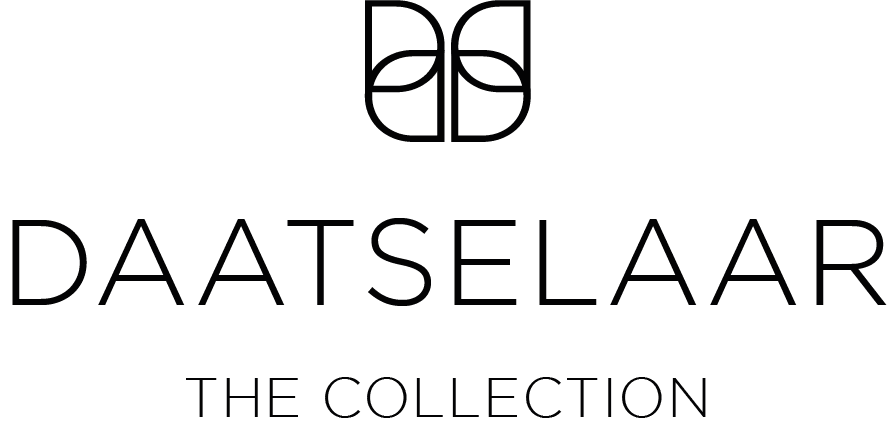
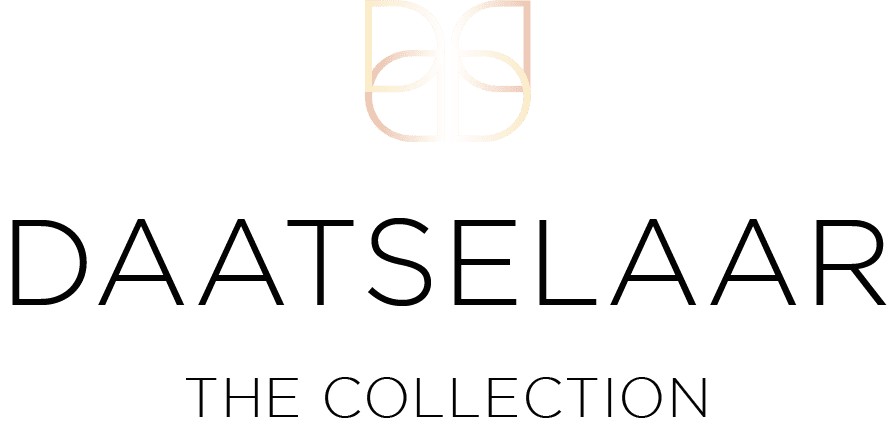
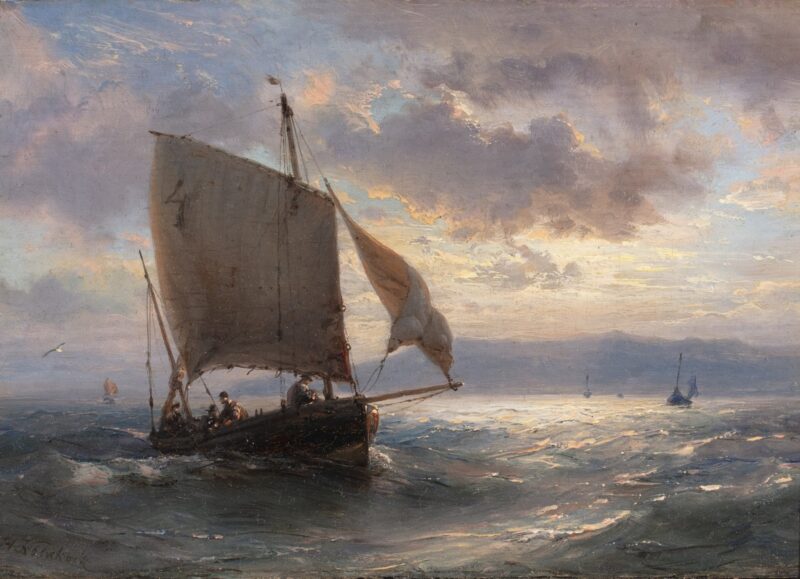
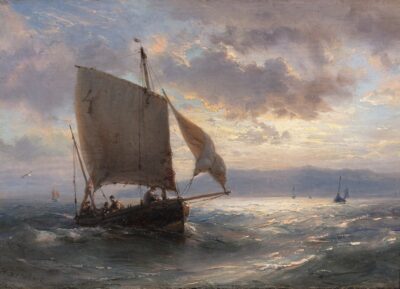
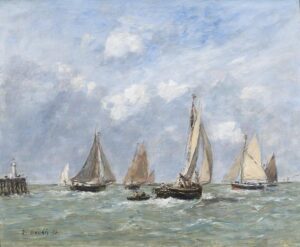
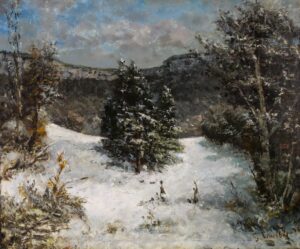


Reviews
There are no reviews yet.